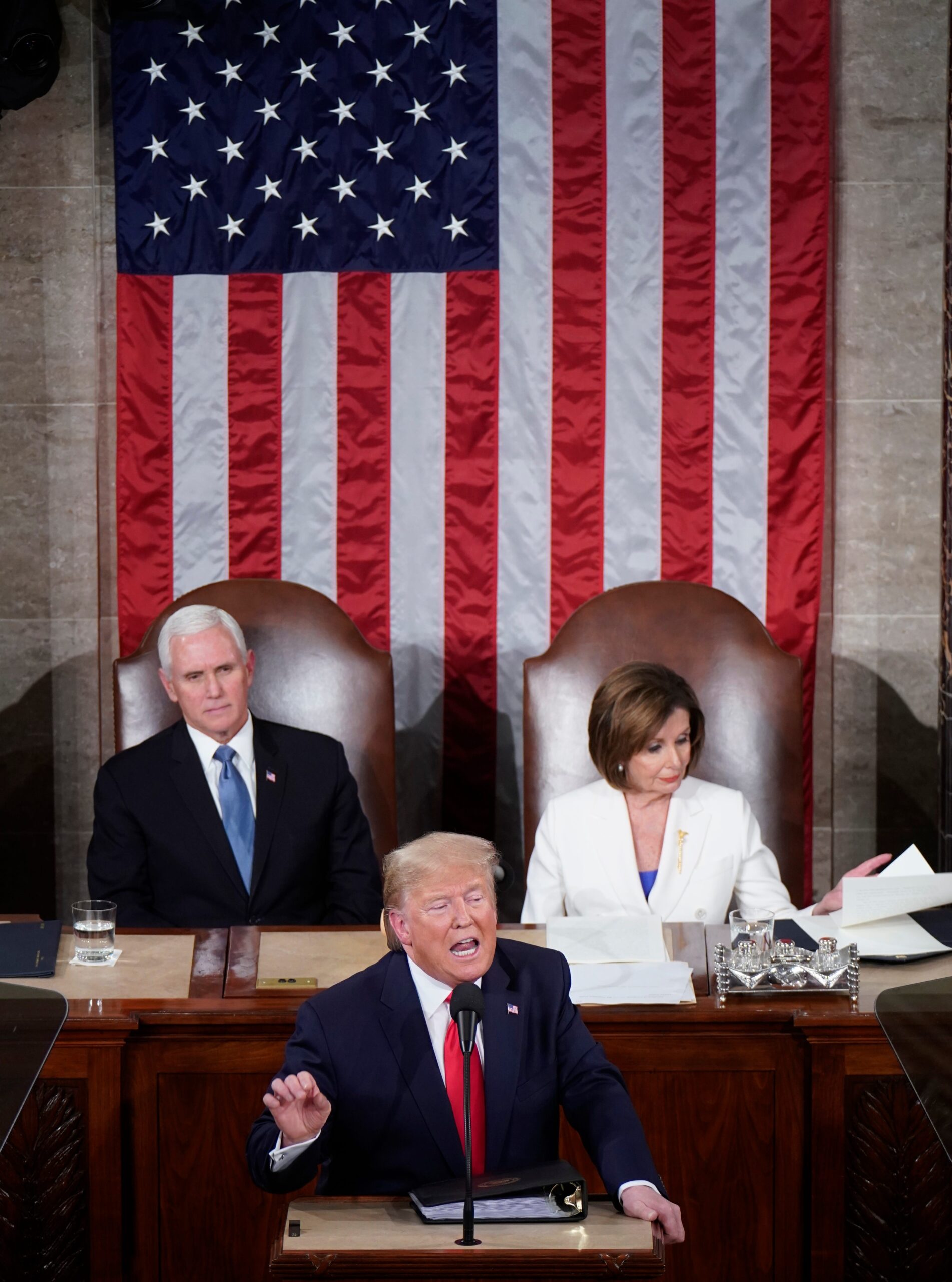
President Trump’s Upcoming Congressional Address: A Look at Tradition and Context
President Donald Trump is scheduled to address a joint session of Congress in early March, marking the first such occasion of his second term in the White House. While the event will mirror the traditional State of the Union address in many ways, it will not technically bear that title. This distinction raises questions about the history and significance of presidential addresses to Congress, and why a newly inaugurated president’s first speech often occupies a unique space within this tradition.
The State of the Union is typically an annual report delivered by the president to a joint session of Congress, providing an overview of the nation’s condition, outlining goals, highlighting achievements, and laying out plans for the upcoming year. This address, usually delivered in the first few months of the year, is broadcast to the entire nation, offering a prime opportunity for the president to communicate directly with the American people and set the tone for the legislative agenda.
The upcoming speech, slated for Tuesday, March 4th, will be broadcast live across multiple media outlets, including USA TODAY, ABC, Fox News, NPR, and PBS, with coverage commencing at 9 p.m. ET. House Speaker Mike Johnson extended the invitation to President Trump back in January, expressing his "distinct honor and great privilege" in requesting the president to "share your America First vision for our legislative future."
The State of the Union address has deep roots in American history. While not always delivered in the same format, the concept is enshrined in the U.S. Constitution. Article II, Section 3, states that the President "shall from time to time give to the Congress information of the state of the union, and recommend to their consideration such measures as he shall judge necessary and expedient."
Despite this constitutional basis, the practice of delivering an annual address to Congress has evolved over time. While George Washington and John Adams, the first two presidents, delivered annual addresses in person, Thomas Jefferson broke with this tradition, opting instead to provide a written report. Jefferson’s decision was motivated by a desire to avoid what he perceived as an overly formal practice reminiscent of British monarchy addresses.
The tradition of delivering an oral address was revived in 1913 by Woodrow Wilson, who saw it as an opportunity to directly engage Congress and the public with his vision for the nation. Wilson’s shift towards focusing on national priorities, achievements, and future legislative plans helped solidify the modern form of the State of the Union address. It wasn’t until 1947 that the first televised address was delivered by President Harry Truman.
The distinction between President Trump’s upcoming speech and a formal State of the Union address stems from the timing of his inauguration. Having been elected just weeks prior, his address is technically not considered a State of the Union. According to the American Presidency Project, this situation is not uncommon. It’s a technicality that reflects the timing of the speech within a new presidential term.
Numerous modern presidents, starting with Ronald Reagan, have delivered similar addresses in the months following their inauguration, serving the same purpose as a State of the Union without formally being designated as such. These addresses allow the newly elected president to lay out their vision, priorities, and legislative agenda for the nation.
In 1981, for example, President Reagan’s address was titled "Address Before a Joint Session of the Congress on the Program for Economic Recovery." Similarly, Presidents George H.W. Bush and Bill Clinton delivered "Administration Goals" speeches in 1989 and 1993, respectively. More recently, both Barack Obama and Donald Trump delivered speeches they called "Address before a Joint Session of the Congress."
The American Presidency Project notes that, for research purposes, these "unofficial" State of the Union addresses can be categorized as such, recognizing their impact on public perception, media coverage, and congressional understanding of the president’s leadership and power.
The "unofficial" State of the Union address allows presidents to outline their plans and establish their priorities without being bound by the traditional constraints of an annual report. It allows them to define their agenda and shape the national conversation early in their term. In essence, these speeches serve as a blueprint for the administration’s goals and objectives.
The impact of these addresses extends beyond the walls of Congress. By broadcasting the speech to the nation, the president can directly communicate with the American people, rallying support for their policies and building public momentum for their agenda. The media coverage surrounding the speech also plays a crucial role in shaping public opinion and setting the stage for future legislative battles.
President Trump’s address in March is an opportunity to present his "America First" vision to Congress and the nation. This speech will undoubtedly be closely scrutinized by lawmakers, the media, and the public, as it provides insight into his priorities and policy direction for the next four years. Including Trump’s address, there have been eight occasions when new presidents have delivered an “unofficial” address since Reagan in 1981 when he succeeded Jimmy Carter, according to the American Presidency Project.
